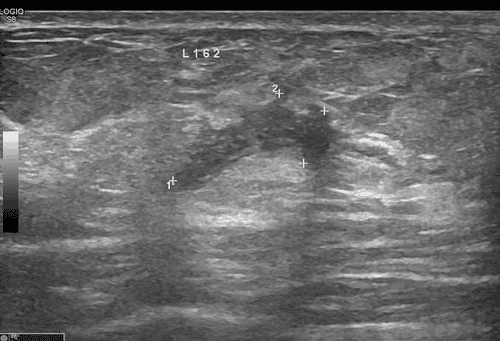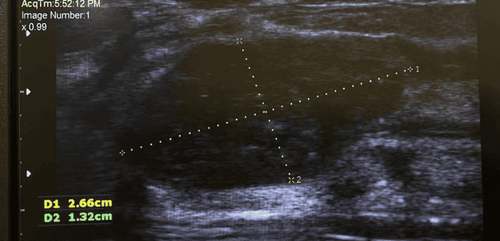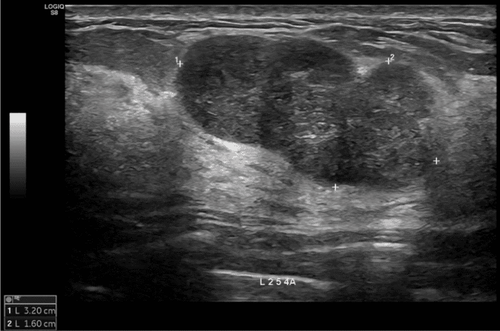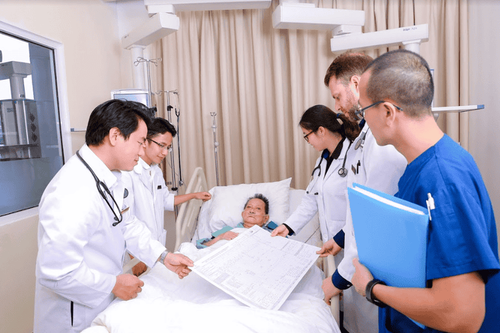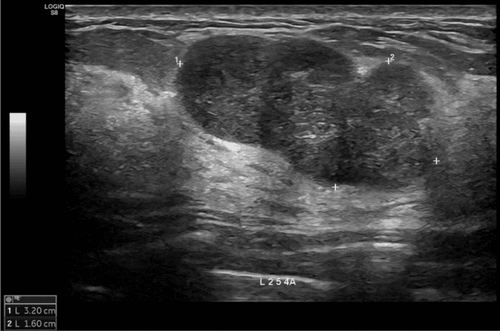Professor Tran Trung Dung has performed successfully 1,000 hip replacement surgeries, 500 knee replacement surgeries, 500 shoulder arthroscopies, and nearly 10,000 knee arthroscopies...The young professor pioneers in preventive surgery applied personalized 3D technology in bone cancer surgery in Vietnam.
Currently, Prof. Dr. Tran Trung Dung serves as the Director of the Northern Center for Orthopedics & Sports Medicine under the Vinmec Healthcare System; Head of the Department of Orthopedics at the VinUni Health Sciences Institute; and the Medical Director of the 3D Technology in Medicine Lab at VinUni.
Prof. Dr. Tran Trung Dung is one of the youngest medical professors in Vietnam and a pioneer in performing bone cancer conservation surgeries utilizing personalized 3D technology in the country. Upon joining Vinmec, Prof. Dr. Tran Trung Dung and his team successfully handled numerous complex cases, such as treating bone cancer by removing tumors without limb loss; extending legs in case shorter than 20 cm, enabling patients to walk without crutches; designing, manufacturing, and replacing arm bones for bone cancer patients using ultra-lightweight biomaterials that preserve both the anatomy and function of the limb

1. Surgical technology in Vietnam on par with developed countries
Regarding expertise and treatment experience, I personally believe that Vietnamese doctors are not inferior to their counterparts worldwide. The Fourth Industrial Revolution has created nearly equal opportunities for all countries, including Vietnam, to access advanced technologies, particularly in the medical field.
In terms of professional skills, Vietnamese doctors can be entirely confident. However, to keep up to date with the development of medicine in the region and the world, infrastructure and equipment also play a critical role.
Fortunately, thanks to a commitment to developing an internationally renowned academic healthcare system, Vinmec has invested in state-of-the-art facilities and equipment. Here, we have access to and effectively implement numerous advanced techniques and technologies in medical examination and treatment, fulfilling our mission to “care for patients with talent, ethics, and empathy,” shared Prof. Dr. Tran Trung Dung.
Currently, worldwide, only about 70 cases of total arm bone replacement have been successfully performed, mostly at large, internationally recognized orthopedic centers.
At Vinmec, however, two successful cases have already been carried out. Notably, the world’s first complete arm bone replacement with the combination of 2 types of materials using 3D technology has been recorded. This accomplishment demonstrates that with sufficient conditions and supporting facilities, Vietnam’s surgical technology can stand on par with developed countries.
On the other hand, 3D printing technology is already familiar and widely applied in many fields of life, including medicine.
This method creates replicas with shapes and sizes closely resembling the patient’s anatomical structures, making it easier to reconstruct bodily defects. The most advanced application of 3D printing in medicine is “bioprinting,” or so-called 4D printing technology. As a result, industry 4.0 can truly revolutionize orthopedics.
Bioprinting supports the regeneration of body parts using living cell materials (bio-ink). These reconstructed products can be used for research, training, and future implantation in patients.
Prof. Dr. Tran Trung Dung added: “A few months ago, Vinmec applied 3D-printed artificial bone replacement technology for the first time to replace a segment of femur and knee joint for a woman with segmental bone loss, joint degeneration, and deformities for 18 years."

“We successfully performed surgery and regenerated the arm for a patient with bone cancer. This is the first case in the world using titanium rods and biomedical PEEK, based on 3D printing technology. The future of medicine will move toward 'personalization,' particularly in surgery.”
In addition, 3D technology not only creates surgical design, involved in the guidance of surgery; but also regenerates alternative products that are really suitable for individual patients. The alternative products resemble the real muscle/bone.
To finish research and invent the products from bioprinting, we built a large-scale laboratory in Vietnam, located at VinUni.
The laboratory has opened the opportunity for production of domestic artificial high-quality bone, joint tissues with affordable cost. The next step, we plan to research and implement 3D bioprinting – the highest level of 3D printing technology. This will undoubtedly become a reality in the near future," emphasized Prof. Dr. Tran Trung Dung.
Currently, in the Asia-Pacific region, Motion Labs (motion analysis technology) are available only in a few countries such as Japan, South Korea, Australia, Malaysia, Singapore, and Vietnam at VinUni University. China has about 4 Motion Labs, but its population is approximately 10 times larger than that of Vietnam.
Vinmec has investigated many state-of-the-art facilities and equipments. Mastering technology and continuously updating advancements in international orthopedics, we are fulfilling our commitment: Vietnamese patients receive healthcare and service quality on par with developed countries, enhance the national medicine, and bring it in equal position with other regional and international countries.
2. Personalized surgery - a new trend in the Orthopedics field.
Bone and joint injuries and disorders, especially bone cancer, often have a significant impact on the quality of life after treatment, such as limb loss and disability. Therefore, finding suitable surgical methods and replacement materials for each case to preserve the limbs would help patients maintain their activities are the main concern of orthopedic doctors.
Professor Tran Trung Dung said: “To achieve this, we get back to two crucial factors: skilled and professional healthcare providers, cutting-edge technologies. The skilled doctors must go hand in hand with useful state-of-the-art technology”
The new trend in the modern orthopedic field is personalized treatment, not generally produced, but need to very specifically generate alternative products that are suitable for each individual. It is important to find out the difference between each patient before treatment. In order to do that, the technology should be significantly funded. Additionally, a skilled, experienced doctor performed a successful surgery. However, with the support of advanced science and technology, this doctor can carry out the perfect surgery with the accuracy being nearly absolute. Thus, in the near future, there are more and more technological applications in medicine. Besides the enhancing of accuracy, the surgical process is tightly controlled, minimizing errors and complications caused by human subjectivity.
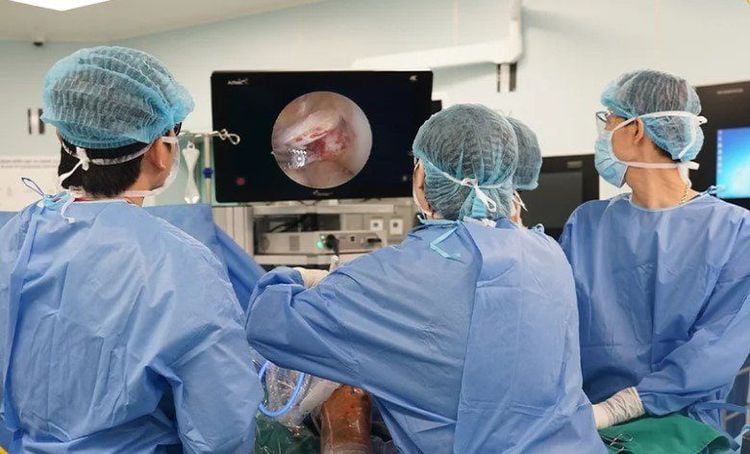
With many concerns and aspirations to elevate Vietnamese medicine to a global level, Prof. Dr. Tran Trung Dung believes that among the two key factors: personnel and technology, personnel play the most crucial role as the center of development. Therefore, focus should be placed on people, promote training and research. However, to apply these advancements in practice and implement them effectively, careful planning is needed to ensure the highest possible outcomes.
Next, facilities, equipment, international cooperation in training and research, and a focus on Vietnamese people, as well as creating a freedome for experts and doctors to participate in academic research and creativity, are also important. Professor Tran Trung Dung emphasized: "When these three factors are obtained, I believe that the big dream of myself and all those working in the healthcare fields, from management to professionals, will come true in the foreseeable future."




